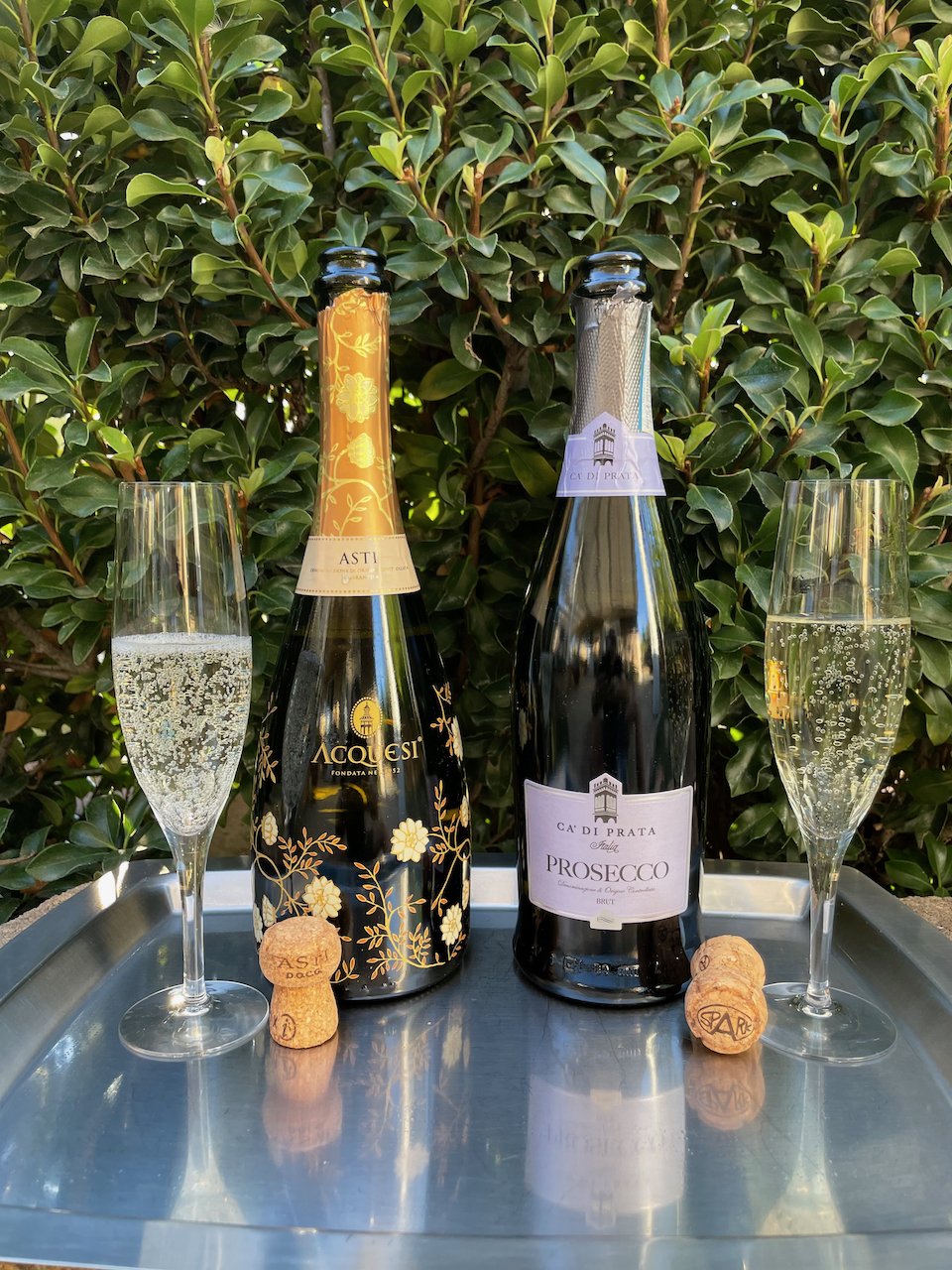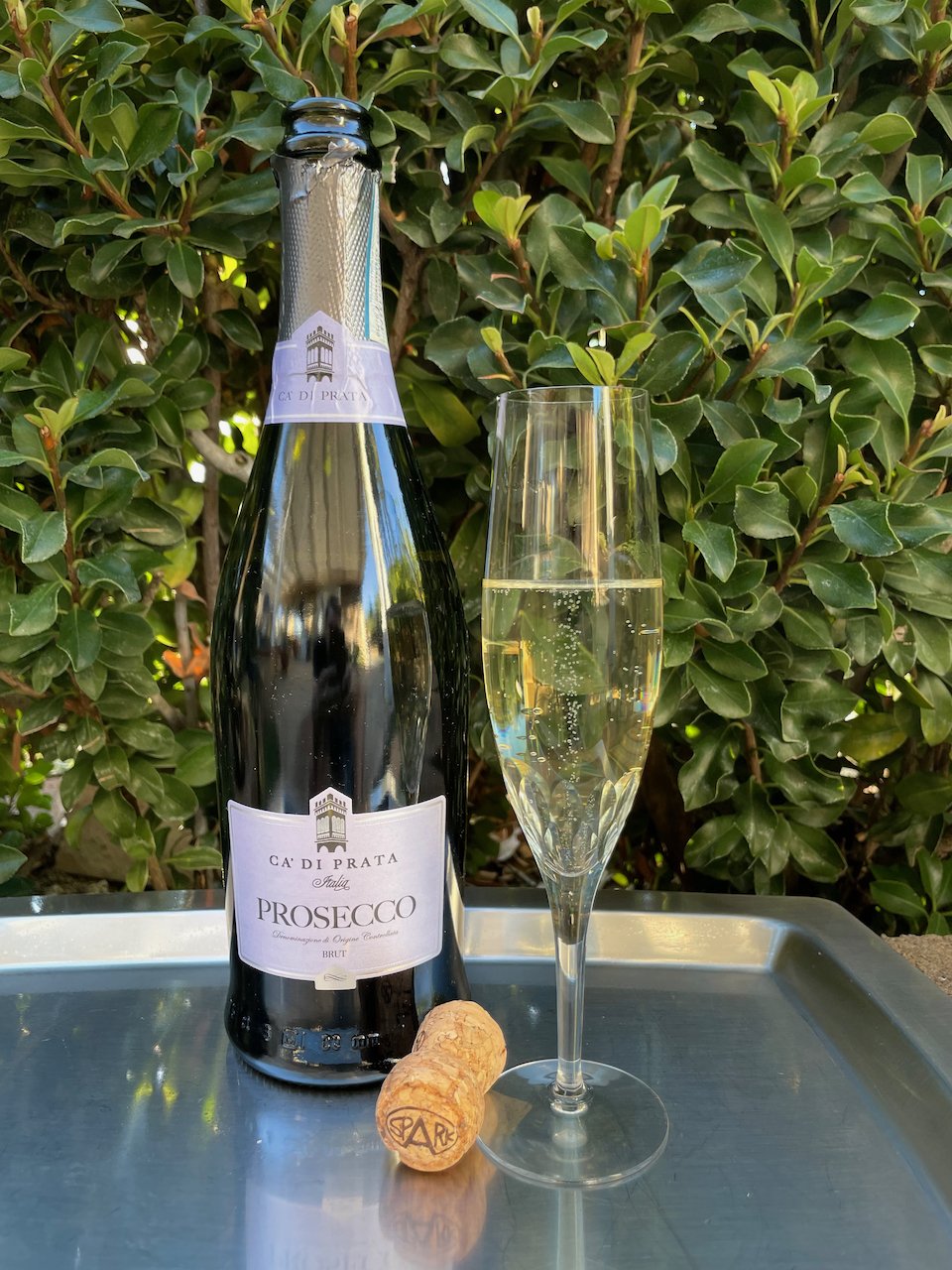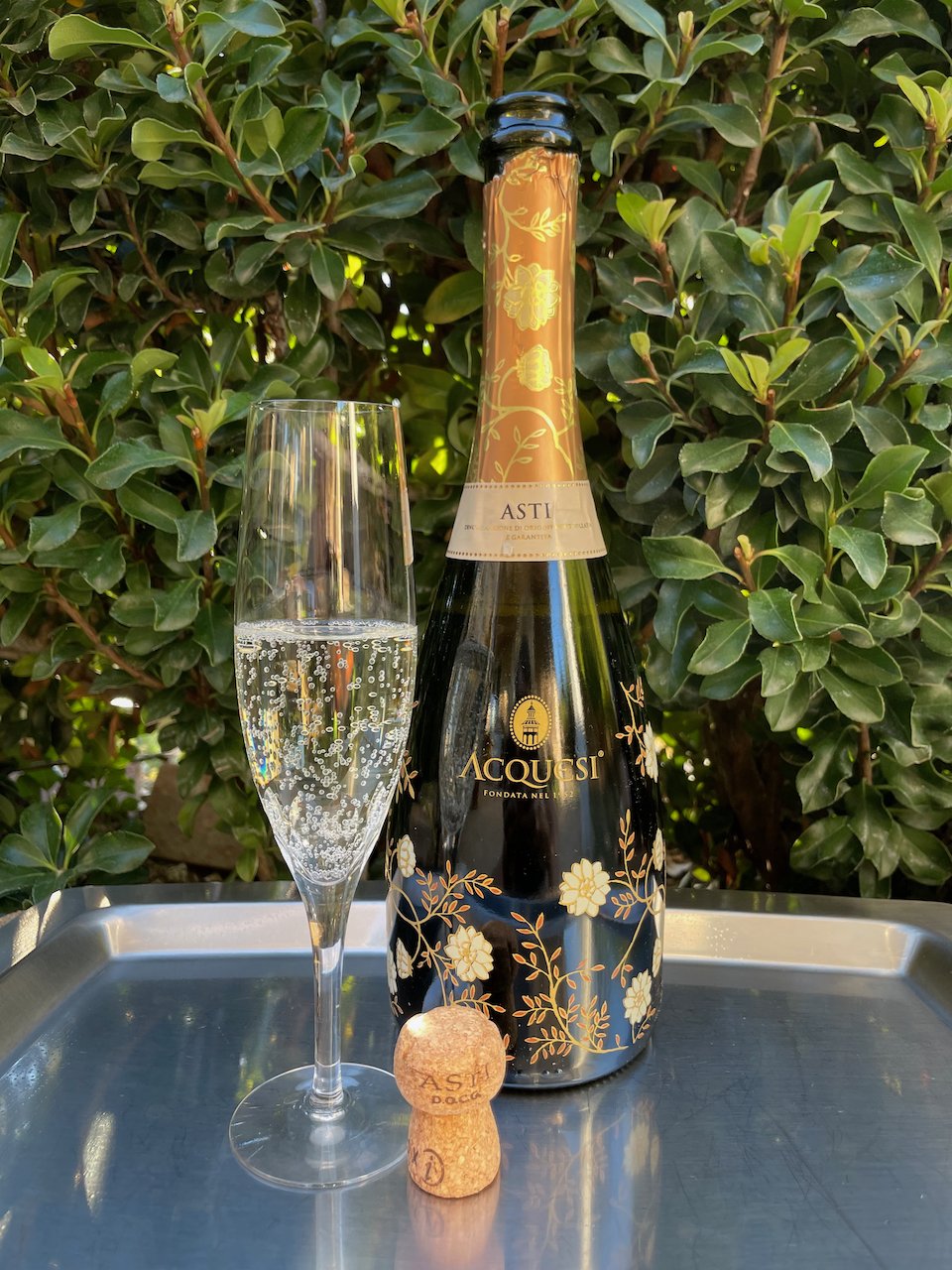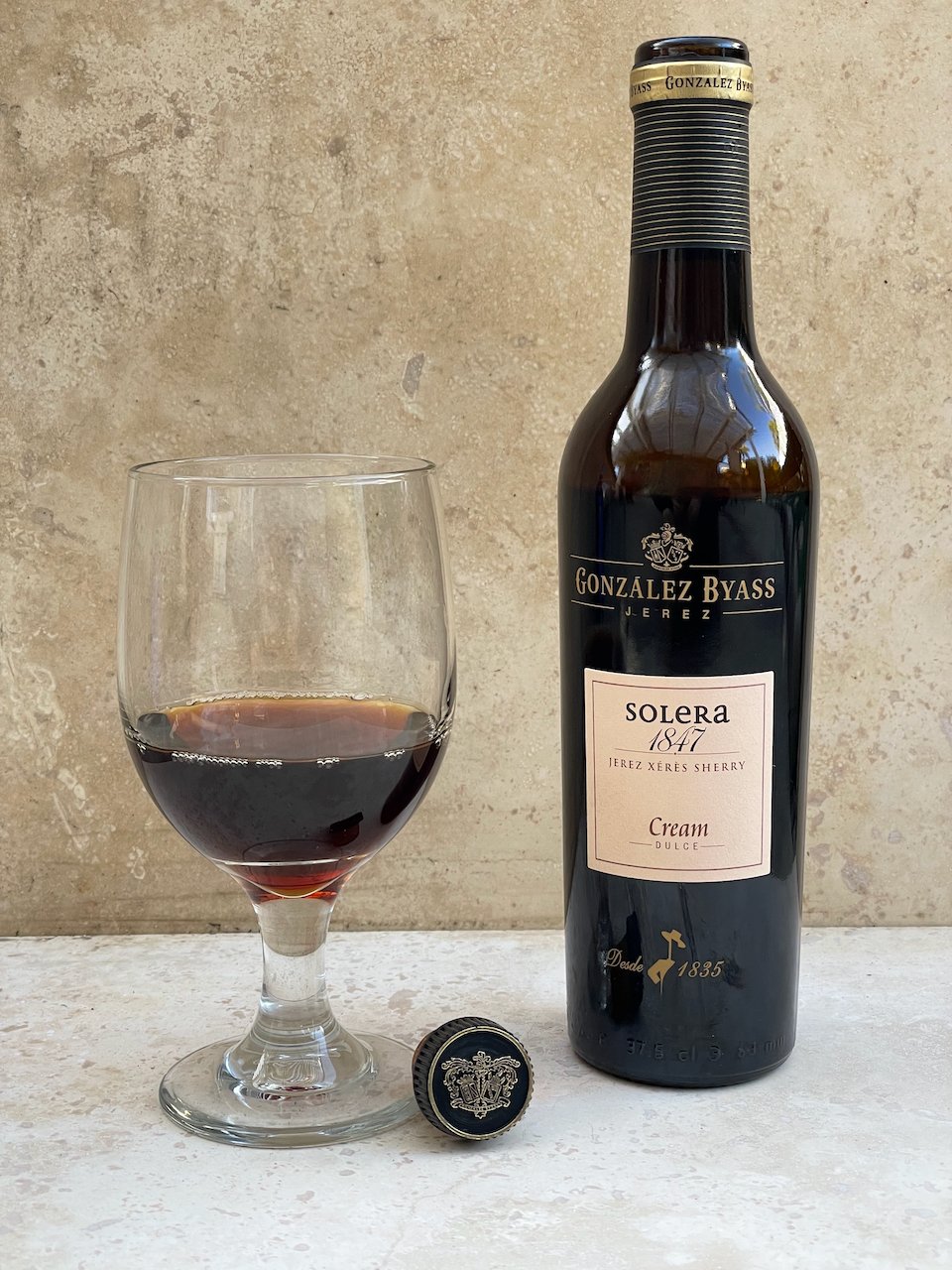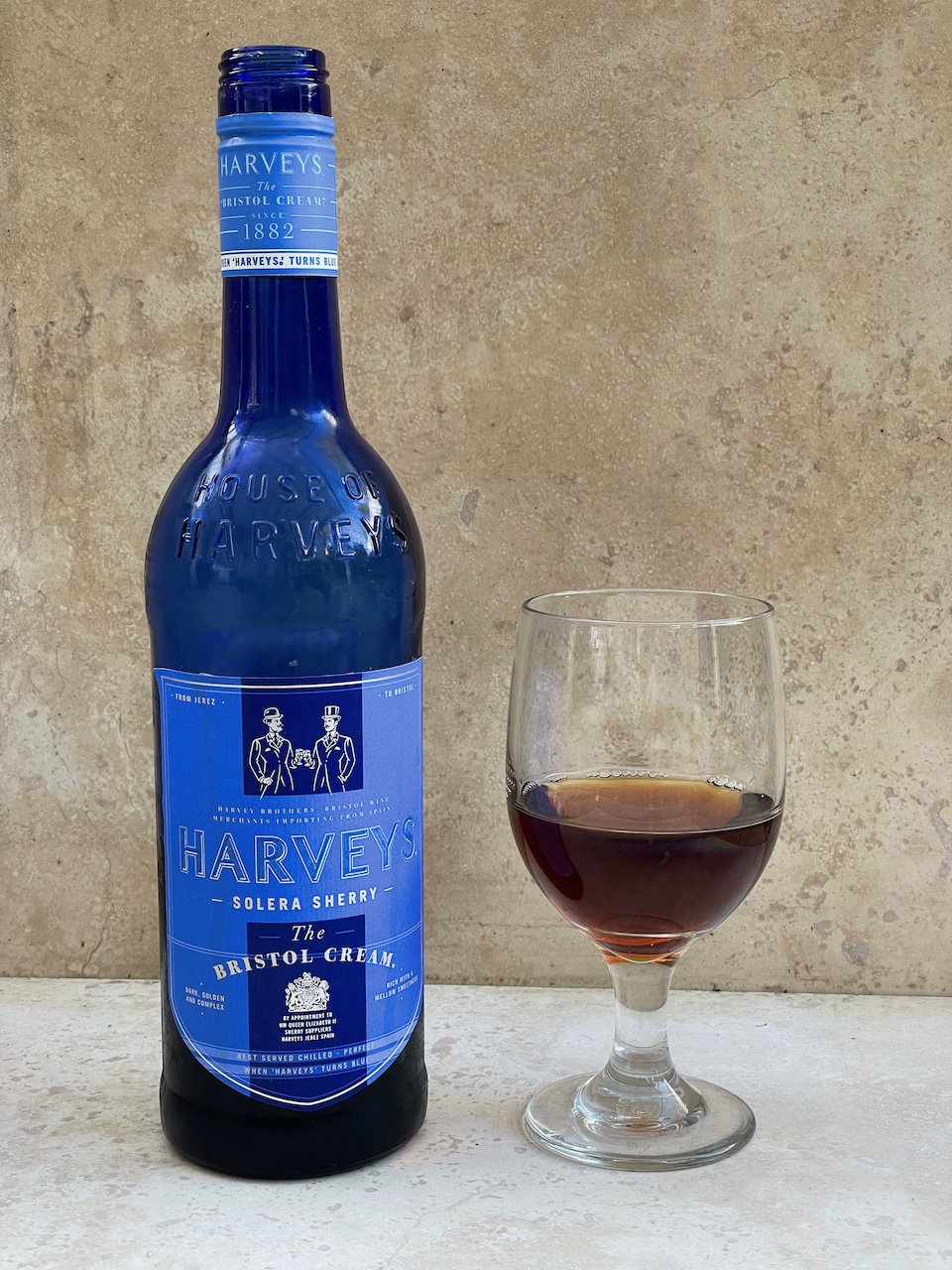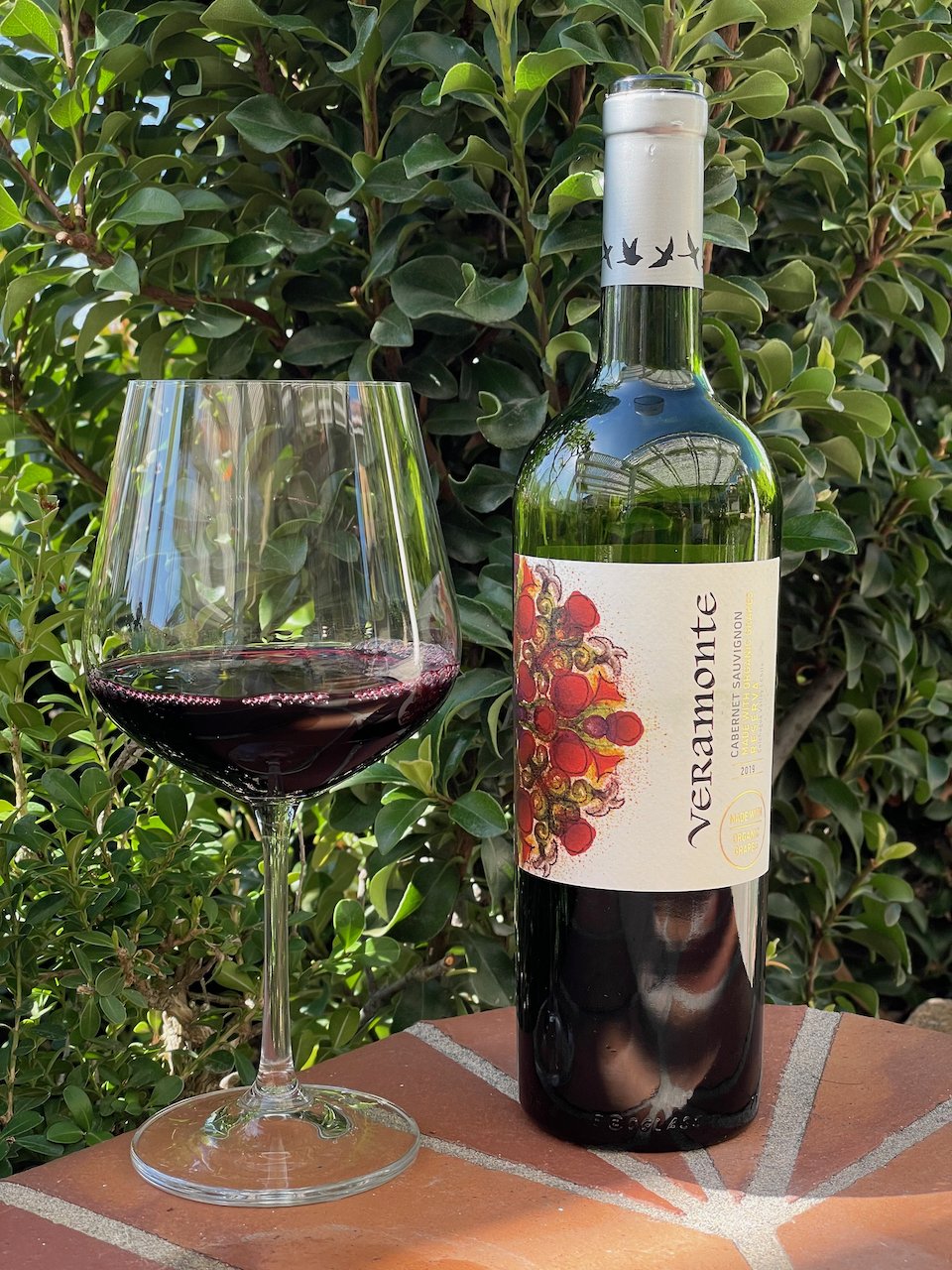Ca di Prata Prosecco DOC Brut ($15.99) and Acquesi Asti Spumante ($16.99)
Sparkling wines are perfect at most any time and with most any foods. All too often, though, they get reserved for just one major holiday each year. And who doesn’t enjoy popping some bubbly to ring in the new year. But, you should also think bubbles at Thanksgiving, Hanukkah, Christmas and other celebratory holidays.
These two sparklers are from Italy which is famous for its Prosecco and Asti Spumante wines.
Since the middle of the thirteenth century the toponym 'Prosech' or 'Prosecum', but also the more modern 'Proseco' refers to a small town, bordering to the south-east of Trieste. Even today, Prosecco remains a small town in the province of Trieste, in the far north-east of Italy.
The Ca di Prata Prosecco is produced from 85% Glera grapes and 15% other varieties including Pinot Bianco and Chardonnay. After harvest and the press, the must is fermented in stainless steel tanks at 14-16 C for about 10-12 days. After fermentation it is racked and stored in stainless steel tanks at 10-12 C. Then, to create the bubbles, it is placed in a stainless steel autoclave where it ferments at a temperature of 15-16 C for about 12 days. At the end of fermentation, it is cooled to 0° C and left to rest for a month and finally filtered and bottled. Being a Brut, it has low residual sugar, pleasant acidity and the taste of green apple, typical of the Prosecco. The presence of Pinot Bianco and Chardonnay gives a complex savory and mineral note which makes it more full-bodied.
The Acquesi Asti Spumante is produced from 100% Moscato. It is a sweet sparkling wine at just 7% alcohol by volume and 95 g/L residual sugar.
It's pale gold color and greenish hue leads to complex floral aromas of fresh tree fruits, honeycomb and exotic spices. The palate is fresh, sweet and persistent with a lingering, sweet fruity finish.
This Acquesi Asti Spumante has won several recent awards. At the Champagne & Sparkling Wine World Championship in 2019 & 2020 it was Best in Region (Asti 2020), Best in Class (2019,2020), Gold (2019,2020) and World Champion (Aromatic Sparkling Wine 2019, 2020).
Both of these fine sparkling wines are imported by Mack & Schuhle which s a Miami-based national importer dedicated to bringing exceptional wines from around the world to the US market. Look for them and enjoy. Cheers!
Disclosure of Wine Sample Submission: I received these samples at no cost for review. The opinions expressed are entirely my own.
Samples Provided by Donna White Communications


